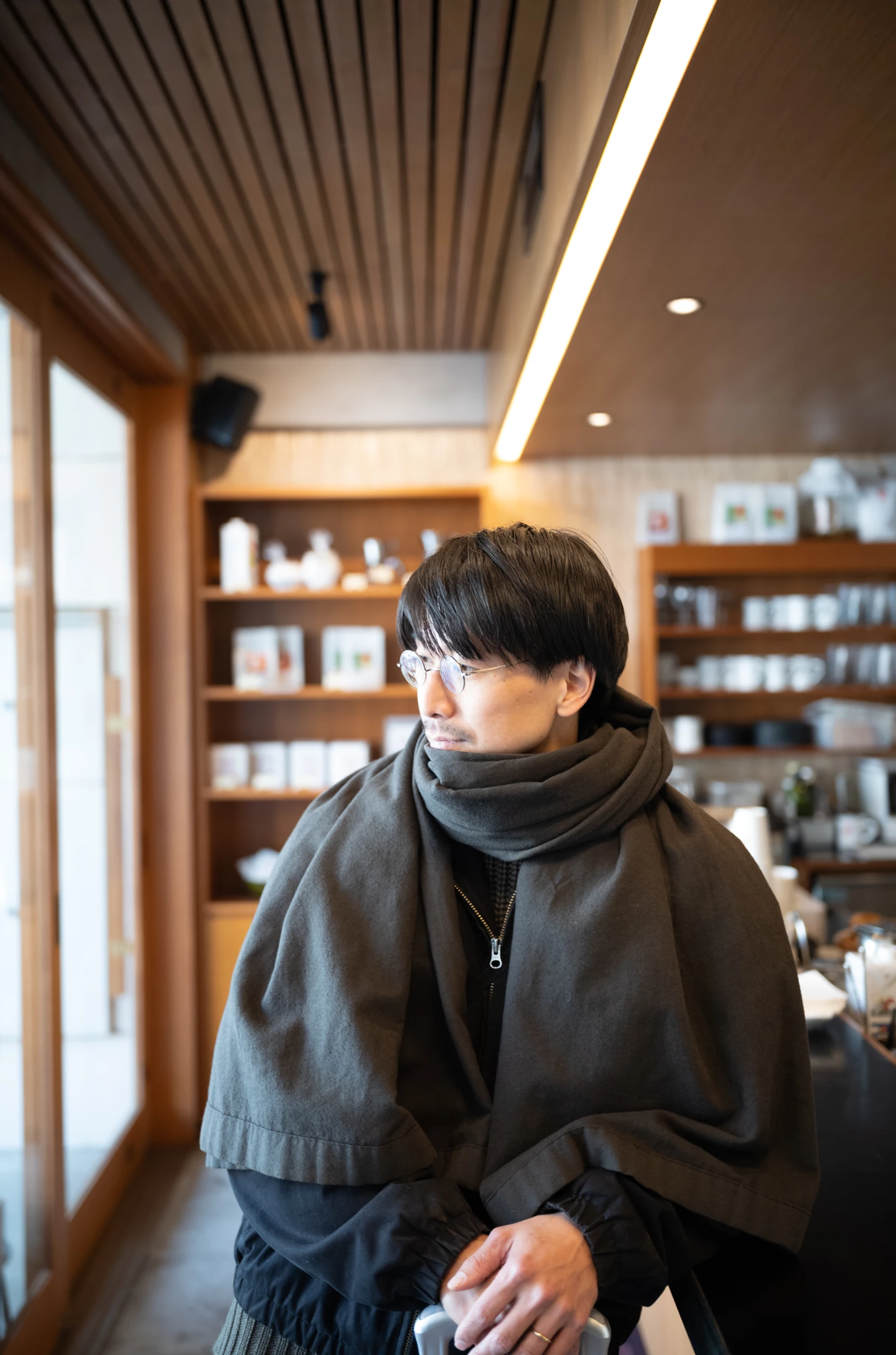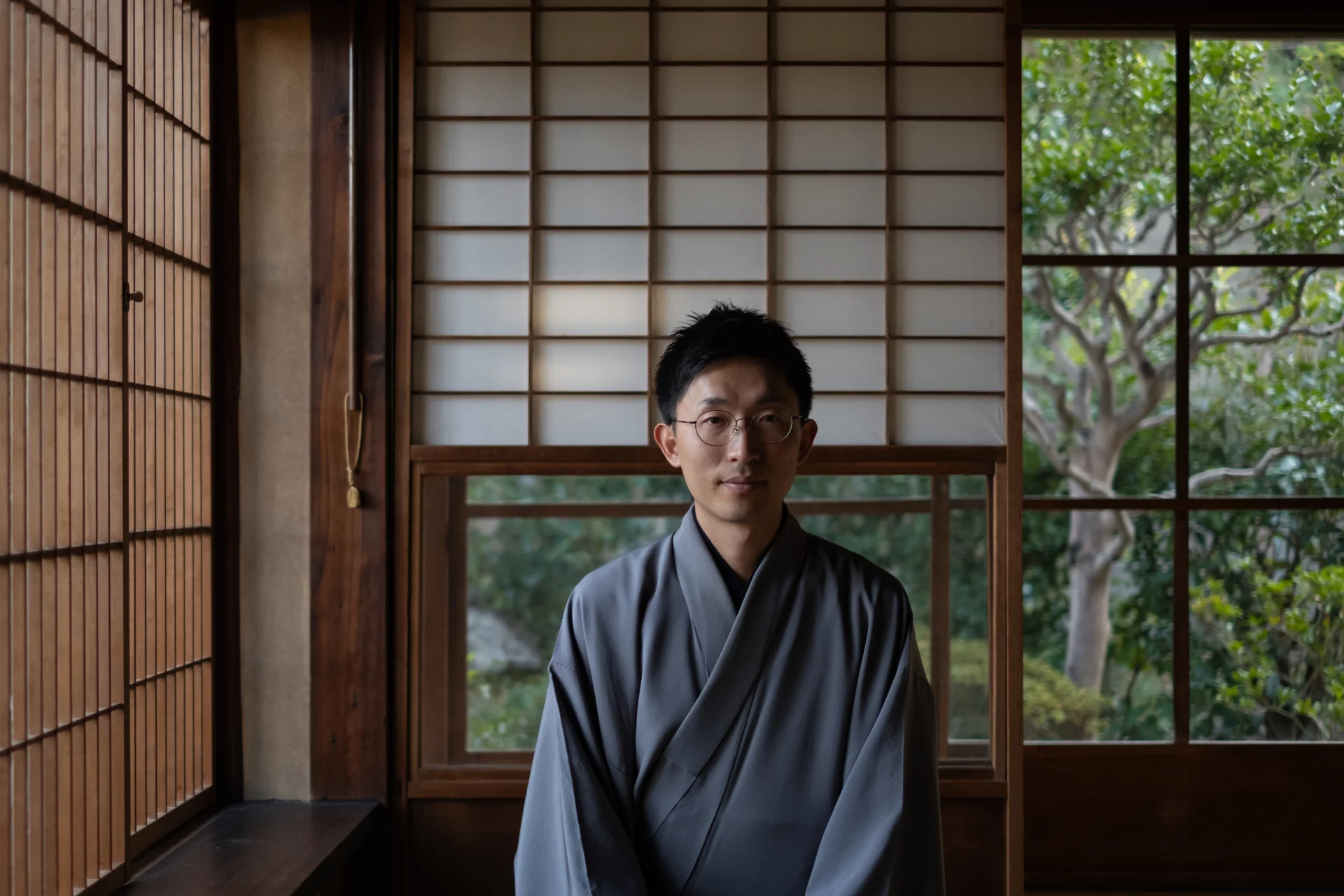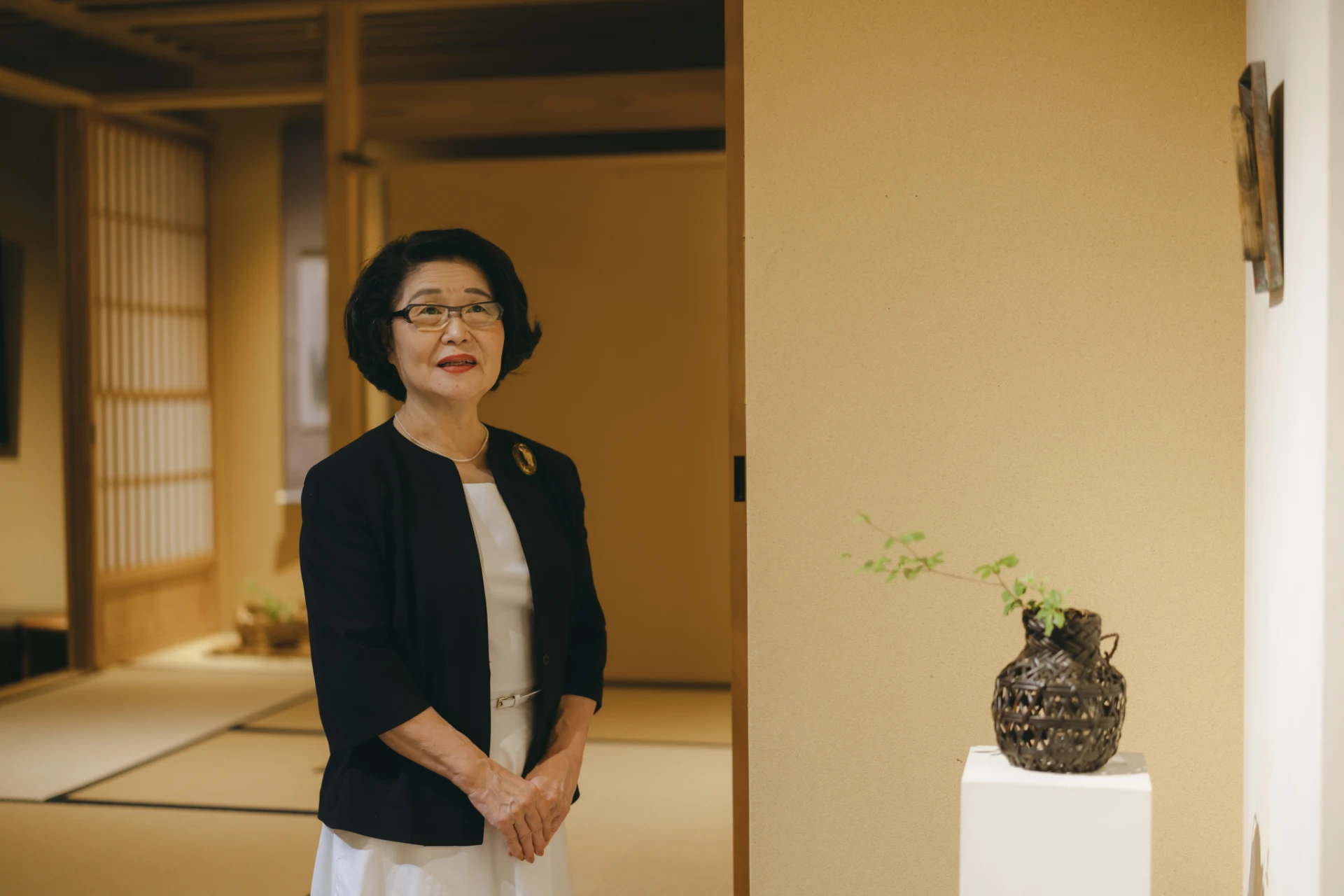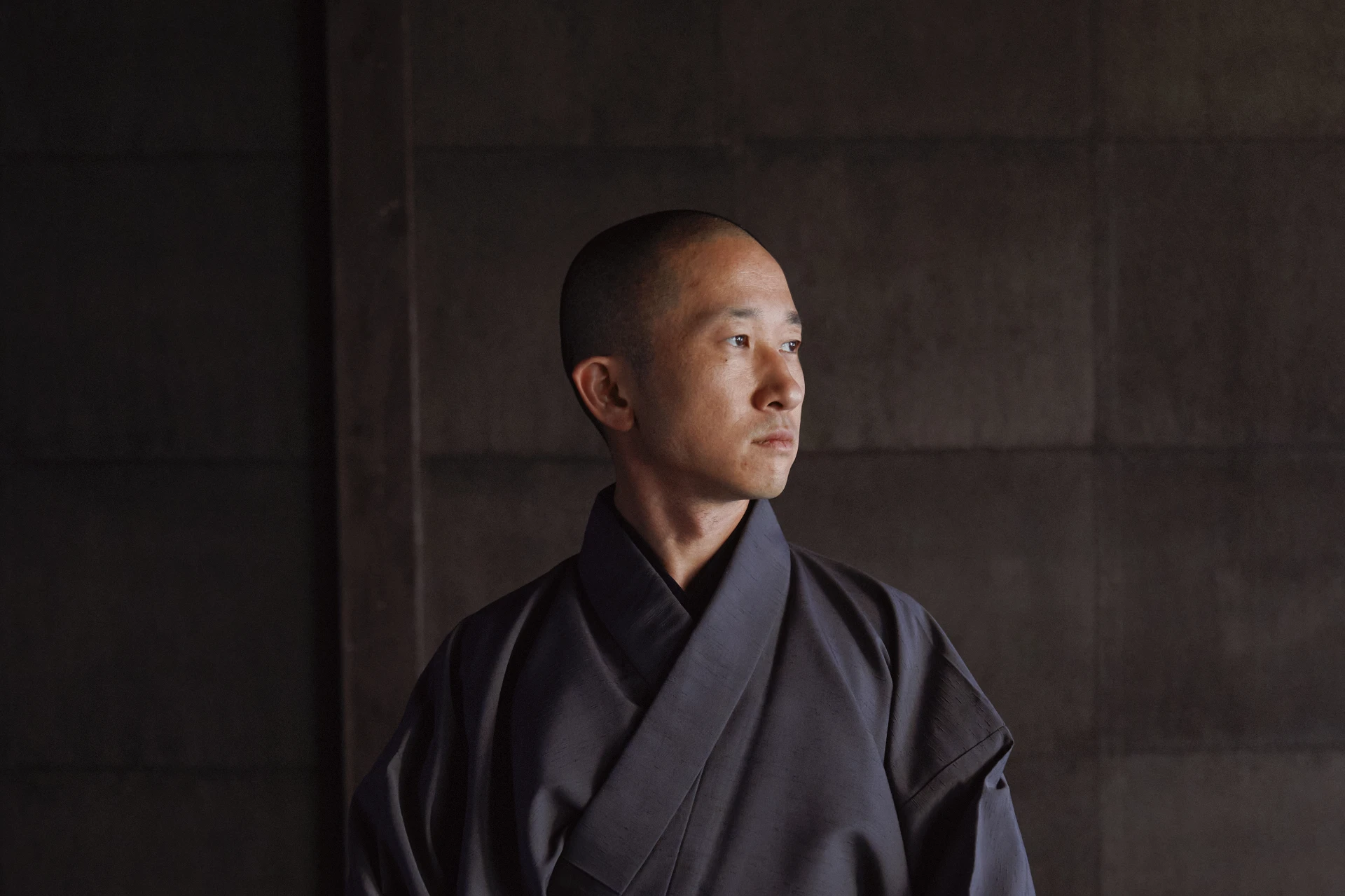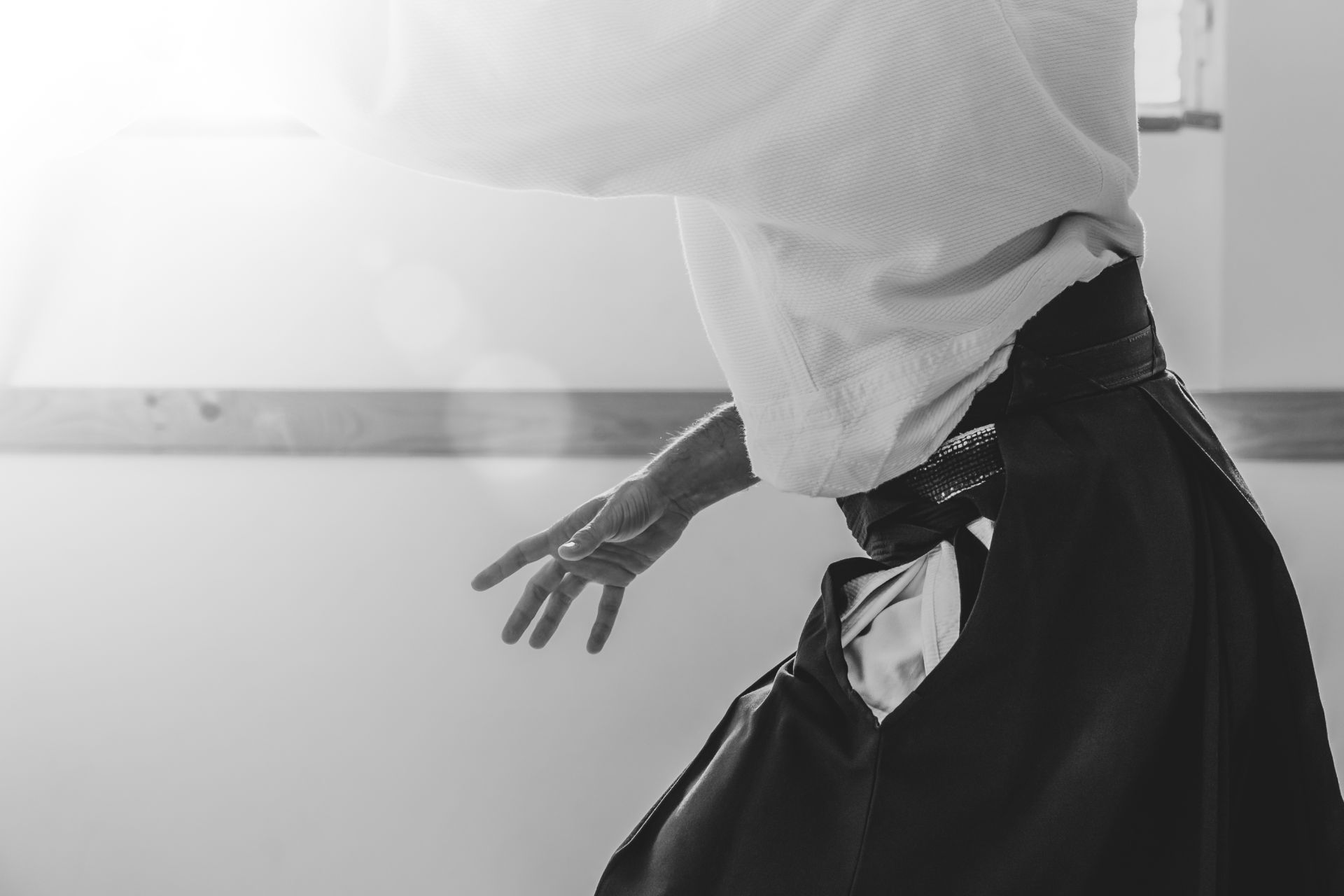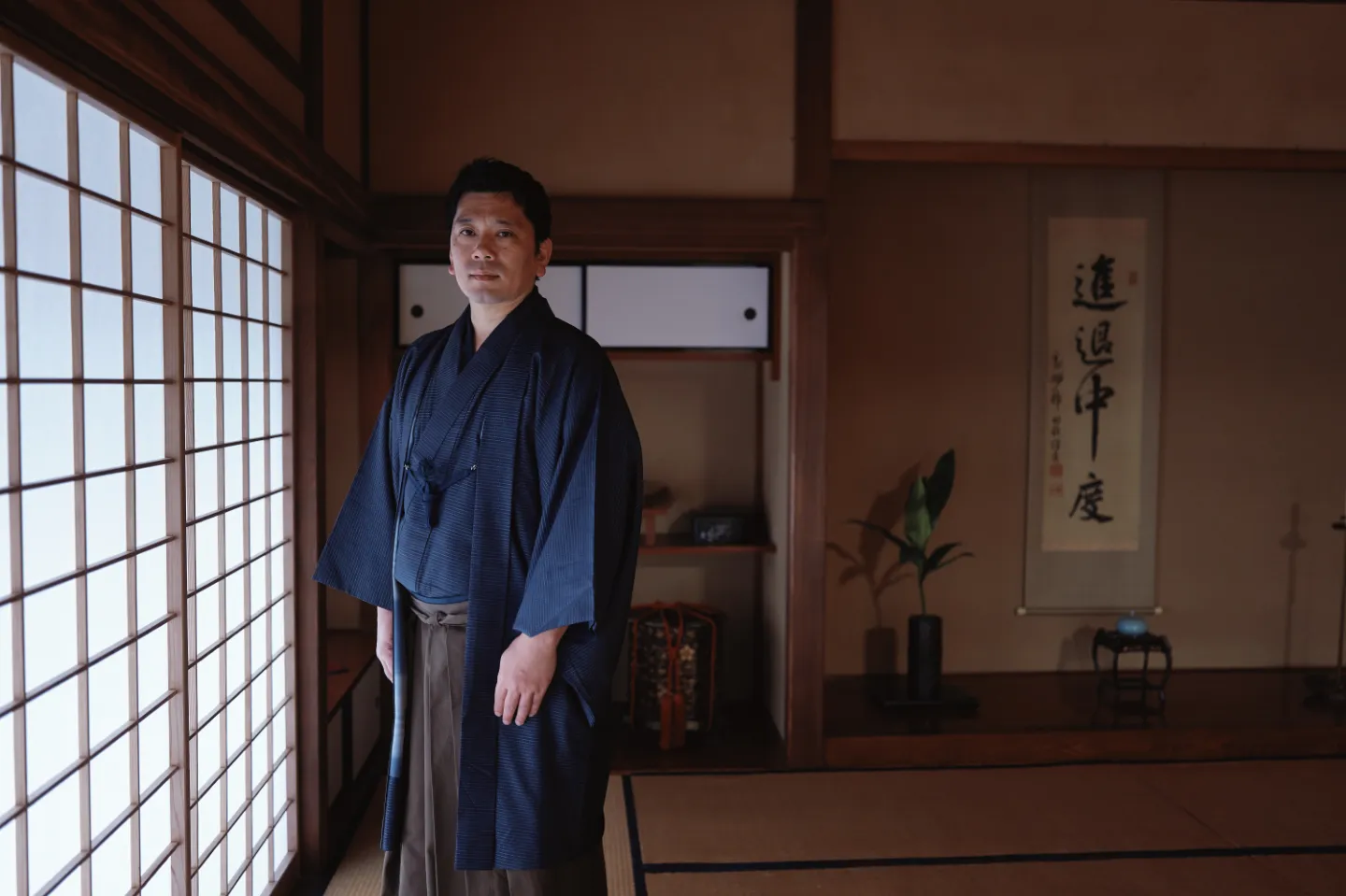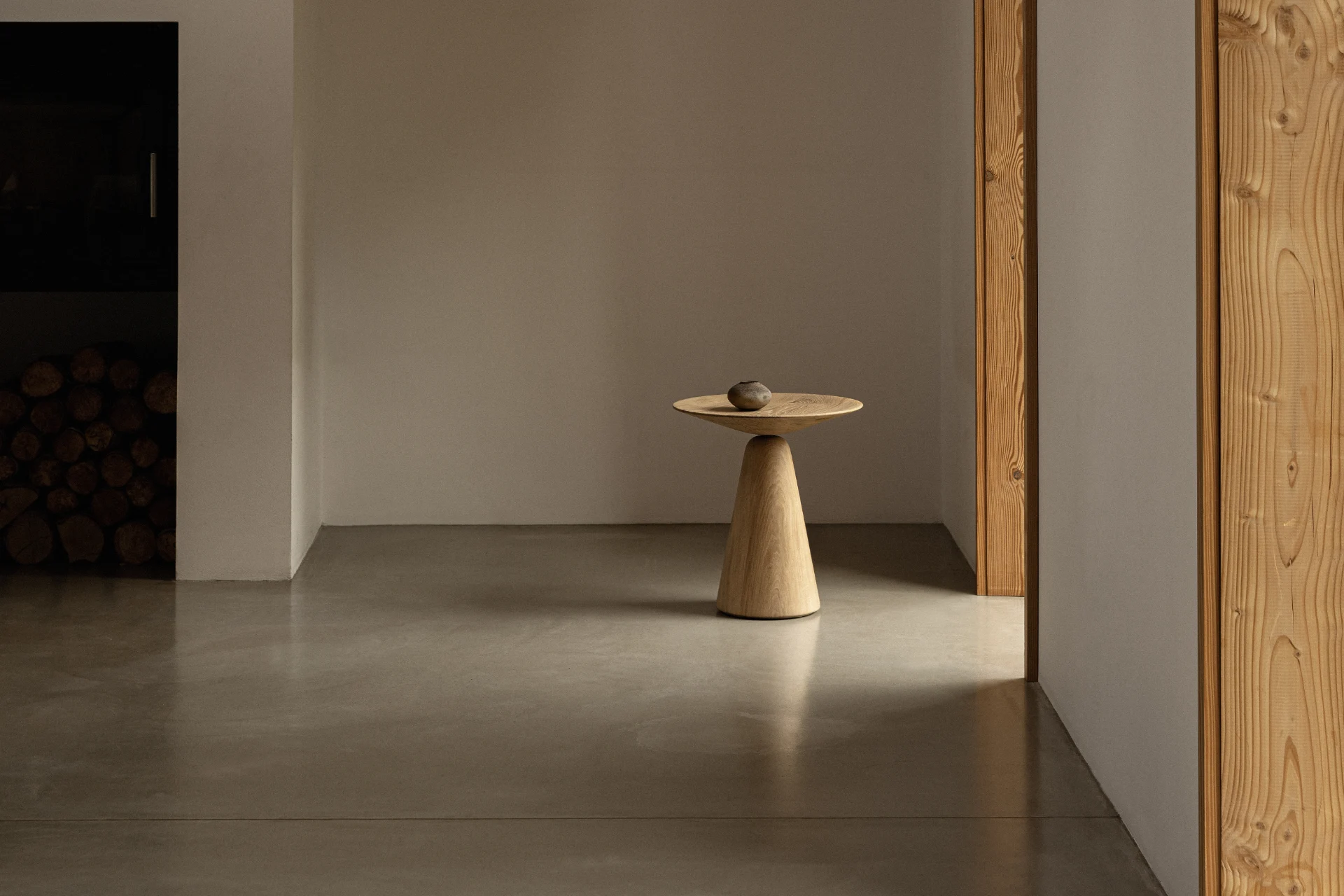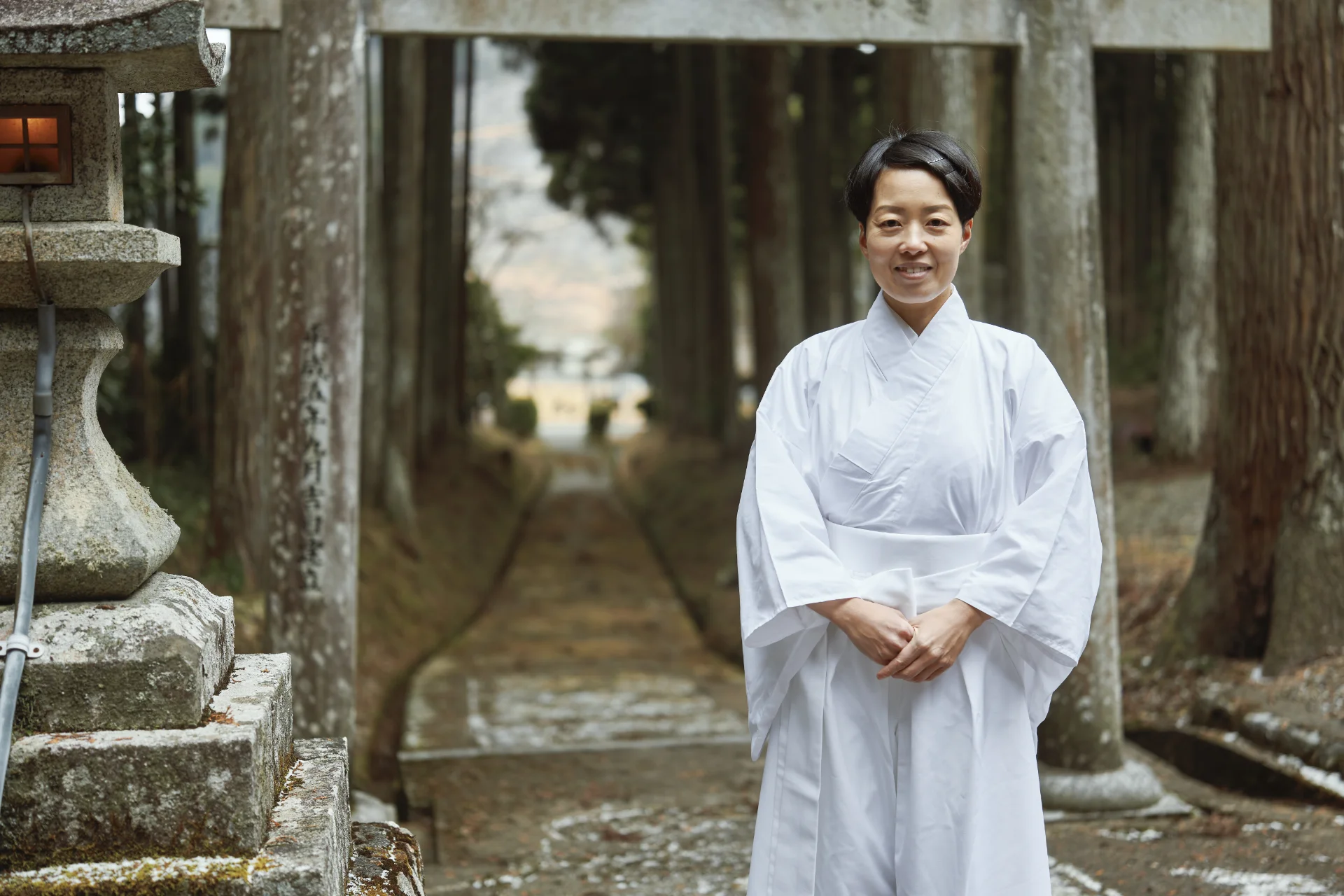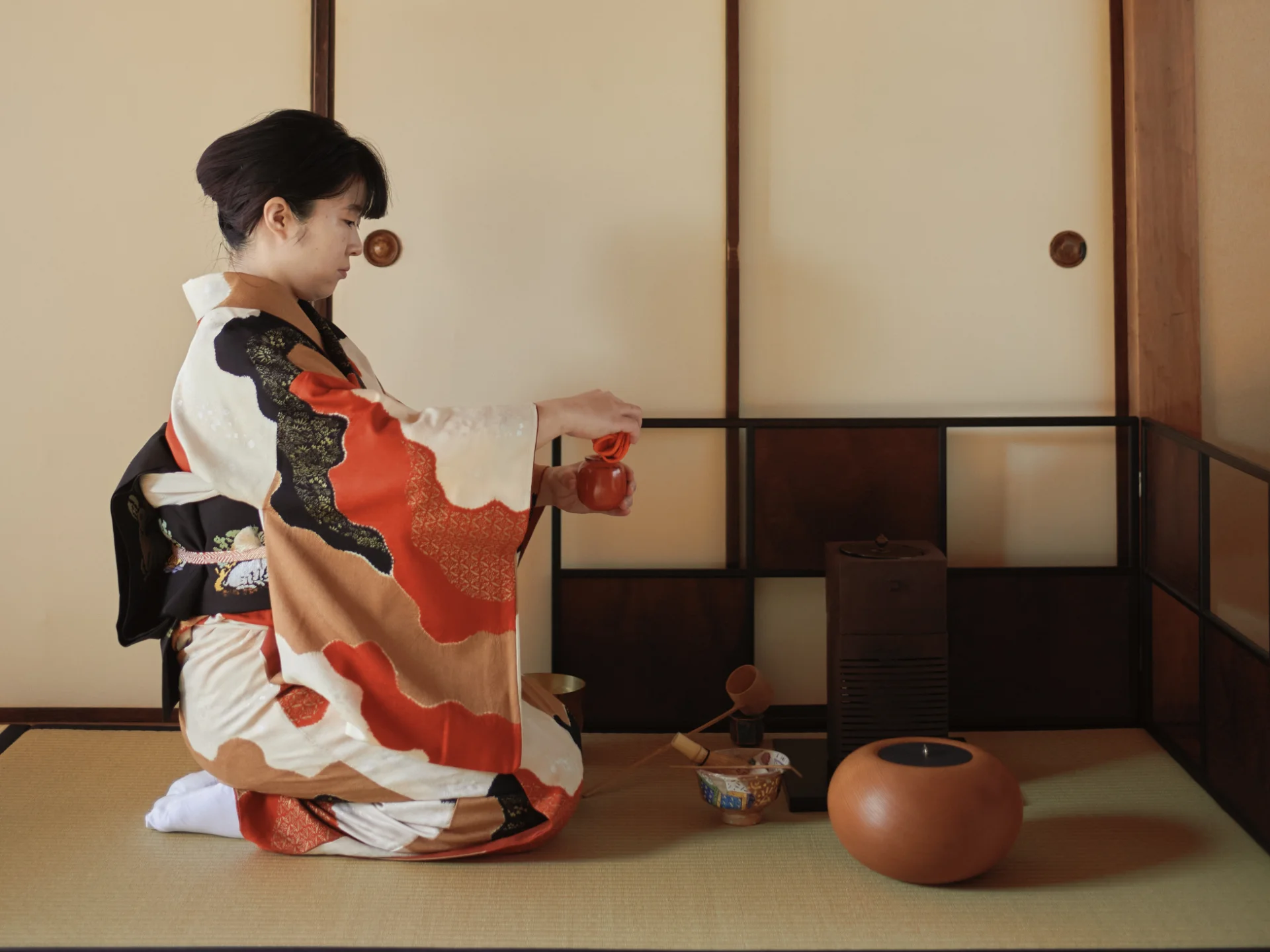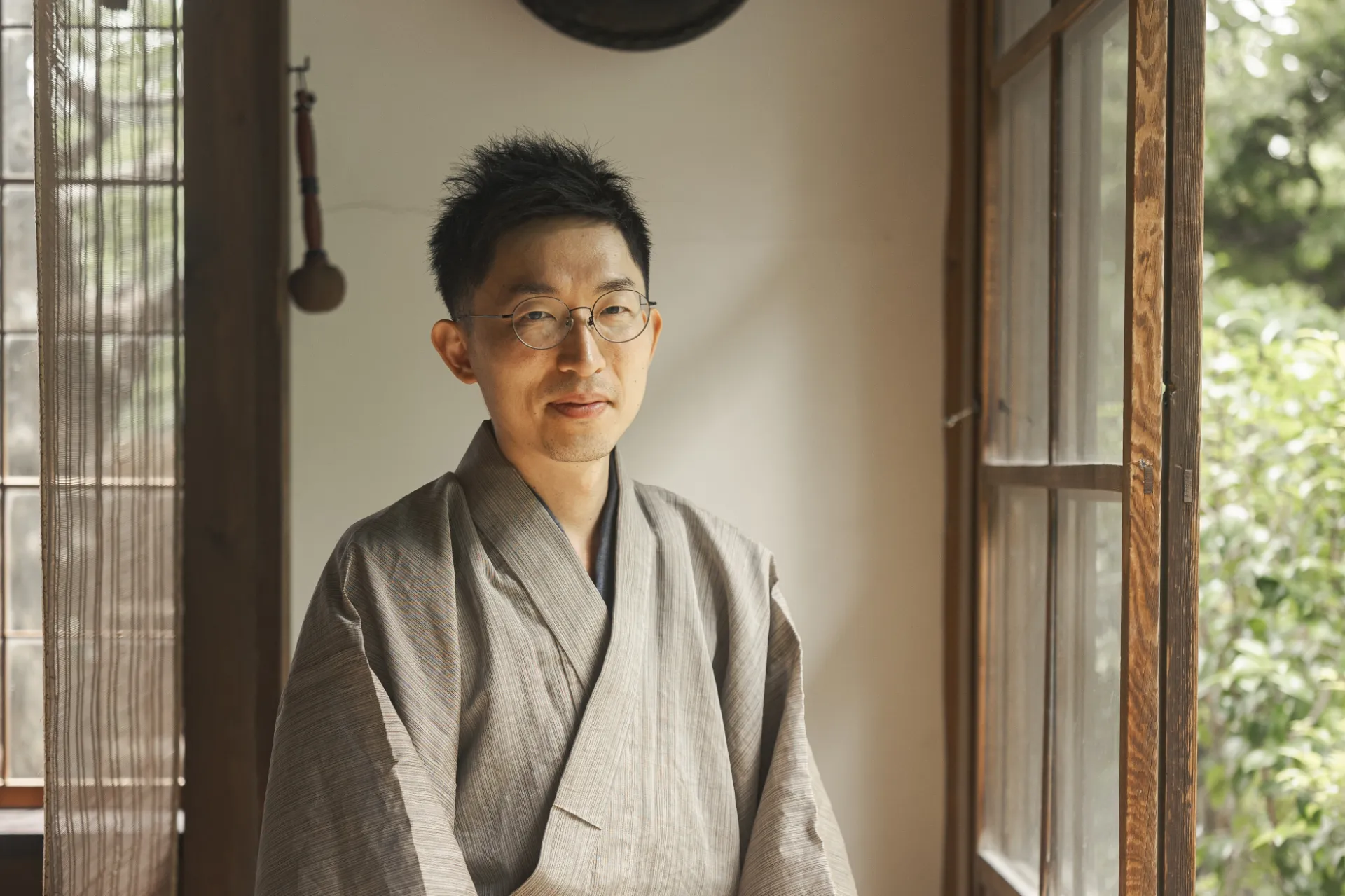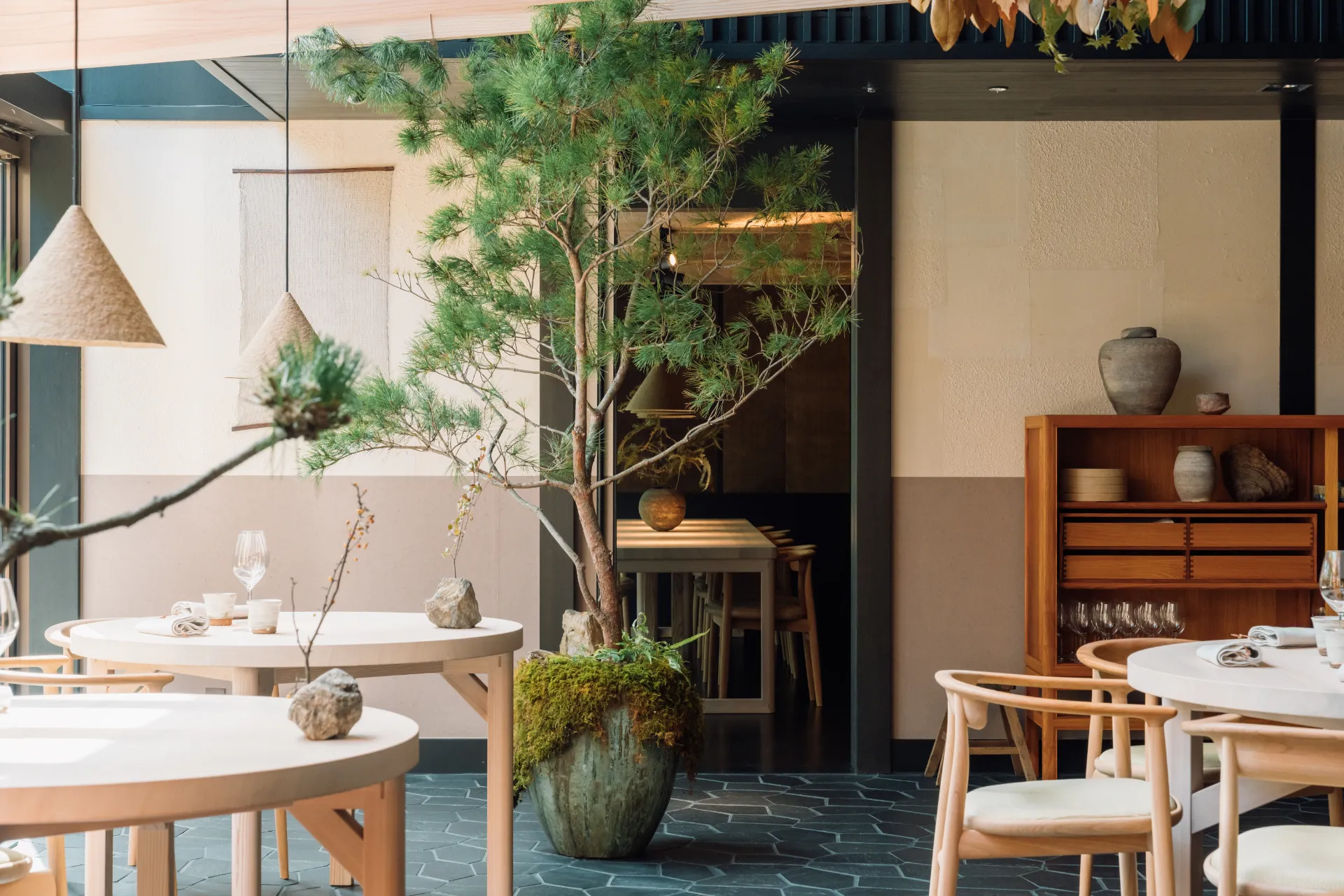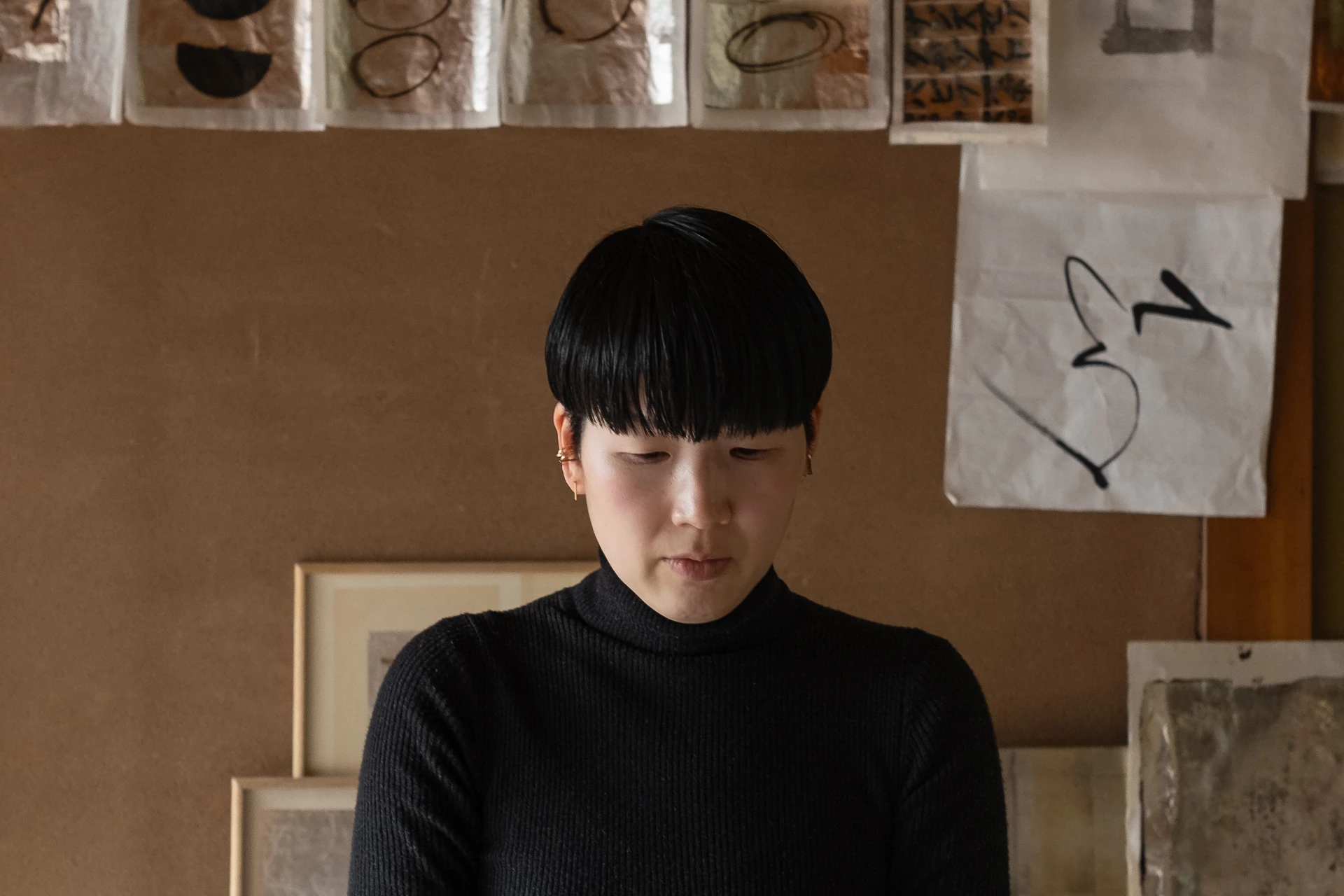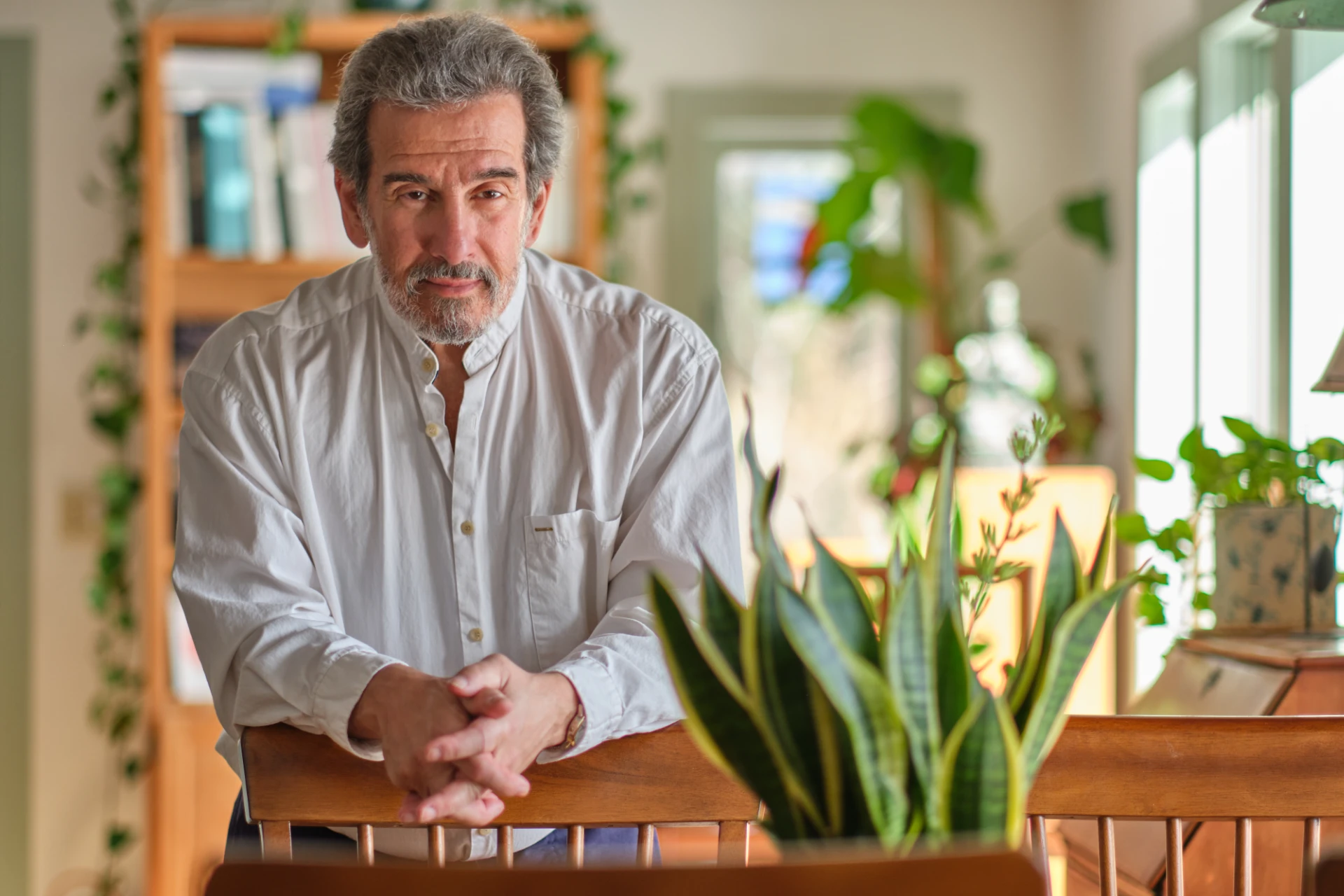
Attuning to the Beauty of the World
What is the essence of the way of tea for you?
To entrust oneself to the interconnectedness of all things.
What do you feel is the greatest gift or value the way of tea offers to contemporary practitioners?
I believe that tea has the power to attune us to the beauty of the world—to help us perceive its subtleties and feel its depth.
When I once told the owner of a tea house in Kyoto that I wanted to pursue tea professionally, he said:
“It’s not an easy path. But it’s a world worth digging into.”
I’ve come to understand that deeply. In a time where everything is fast and optimized, tea offers slowness—not as a weakness, but as a way back into the richness of experience.
Where did you grow up, and how has that influenced who you are today?
I was raised in Toyohashi, Aichi Prefecture, as the youngest of three brothers. I grew up in a warm and peaceful household, never lacking anything essential. On weekends, our family would often go out together and spend time in gentle togetherness.
Having such a nurturing home to return to—something I took for granted at the time—perhaps gave me the courage to step outside and explore the world. That sense of inner stability became the foundation for my later journeys abroad.

A Quiet Depth
How has living in Paris and traveling internationally shaped your perspective on the value of Japanese culture and its deeper currents?
Seeing things from the outside offers perspectives that are invisible from within. What once felt entirely natural reveals itself to be particular, even fragile, when seen from a distance.
French and Japanese cultures share some similarities, but they also diverge in many ways.
Living between them has given me numerous moments of recognition—realizations that would not have been possible had I remained only in Japan.
How did you first encounter tea and tea culture?
In my youth, I was fortunate to be welcomed into the world of tea by generous elders who introduced me to its quiet depth.
One especially formative experience was being invited to a yobanashi tea gathering—a candlelit evening tea ceremony held in the spirit of ikkyaku ittei, or “one host, one guest.”
The atmosphere of that moment, the care and intention behind every gesture, left a deep impression on me.
After the gathering, the host gifted me the tea bowl that had been used that evening. That gesture made the experience all the more unforgettable—not because of the object itself, but because of the meaning it carried.
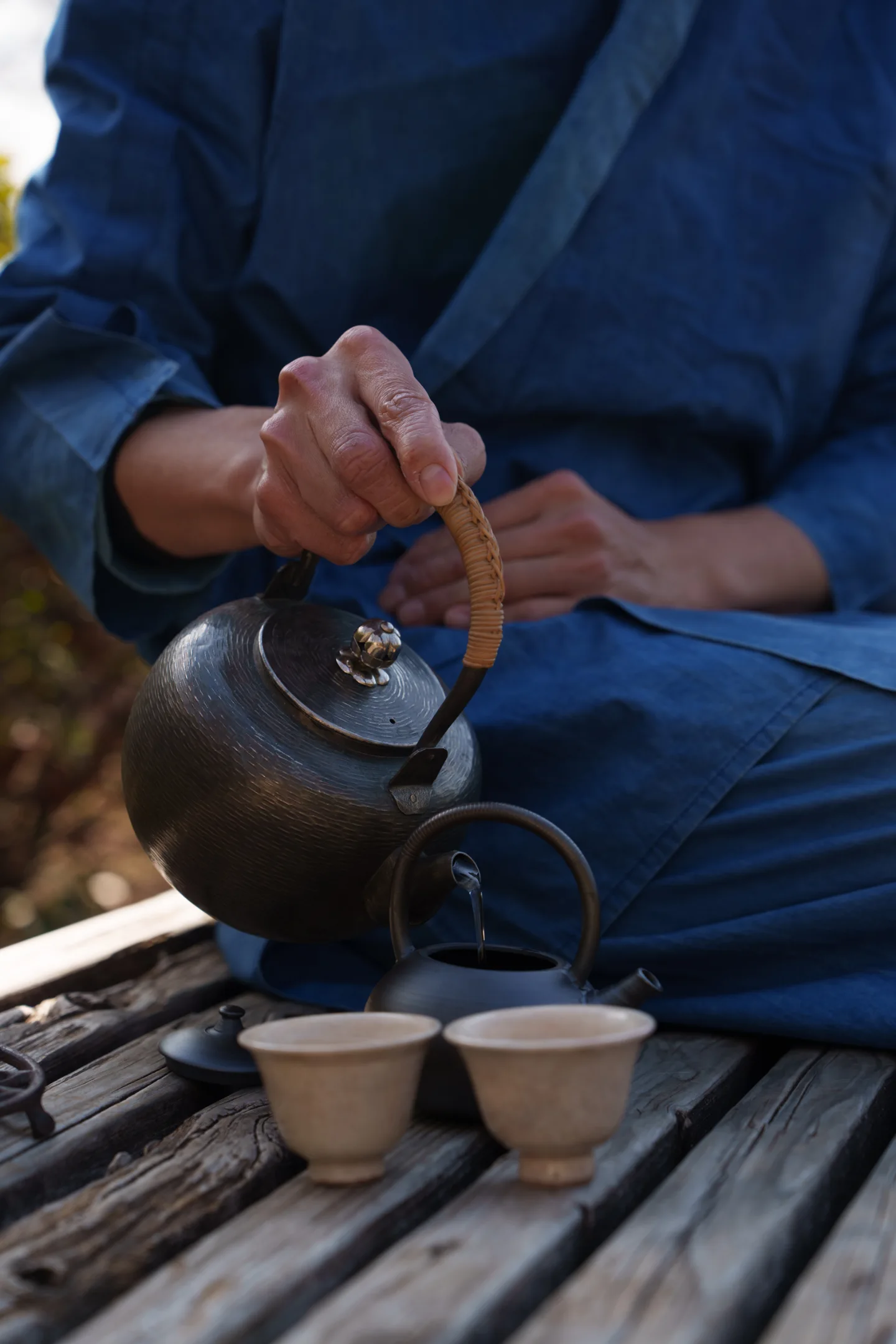

Taking the Long Way Around
What has your journey within tea been like?
At first, I studied independently, tasting many kinds of tea and learning through exploration. But I found few people who could teach tea in a structured and coherent way. That absence became a kind of invitation: I thought, “If no one is doing this, then perhaps I should become someone who can.”
I asked to work at a tea house in Kyoto that I greatly admired, but the owner gently declined, saying, “It would be too easy to begin here. Take the long way around.”
So I returned to Tokyo, visited many tea places, and eventually joined Sakurai Japanese Tea Experience, whose approach to both flavor and presentation deeply moved me. There, I learned the foundations of Japanese tea while also traveling throughout Japan and abroad to meet producers and explore global tea cultures.
Later, I became an independent tea practitioner and was invited by Shinichiro Ogata to take part in the opening of OGATA Paris. I was entrusted with the full responsibility for all tea-related aspects—from space design and tea selection to service and experience creation.
Living in Paris allowed me to engage with a wider international audience and explore new expressions of Japanese tea. After seven years with OGATA, I launched my own project: Through The Tea.

The Spirit of Zanshin
What have you learned along the way? How does it inform your outlook on life?
I’ve learned more than I can name, and I am still learning. Over time, those lessons have shaped the very way I live.
One phrase that has stayed with me is a poem attributed to Sen no Rikyū:
“When parting from anything, let it be with the feeling of parting from a beloved.”
This spirit of zanshin—lingering awareness—taught me to treat even small gestures with care.
When I was managing a tea space, I often shared this teaching with new staff. After my child was born, when I found myself rushed and overwhelmed, I remembered this phrase not with my mind but through my hands—as I gently reached for my child and realized how deeply this awareness had become part of me.
What inspired you to create or follow a more contemporary and accessible approach to tea?
I’ve always loved food and drink—the whole experience of tasting and sensing. So approaching tea not just as tradition, but as a living beverage, came naturally.
In the beginning, I was simply moved by how delicious tea could be. I wanted to share that joy with others. But now, more than a decade in, I feel my role has shifted. Many people are introducing tea to the world, and I’m grateful for that.
My focus now is to create moments where tea moves the heart—to offer experiences that awaken stillness, attentiveness, and zanshin.
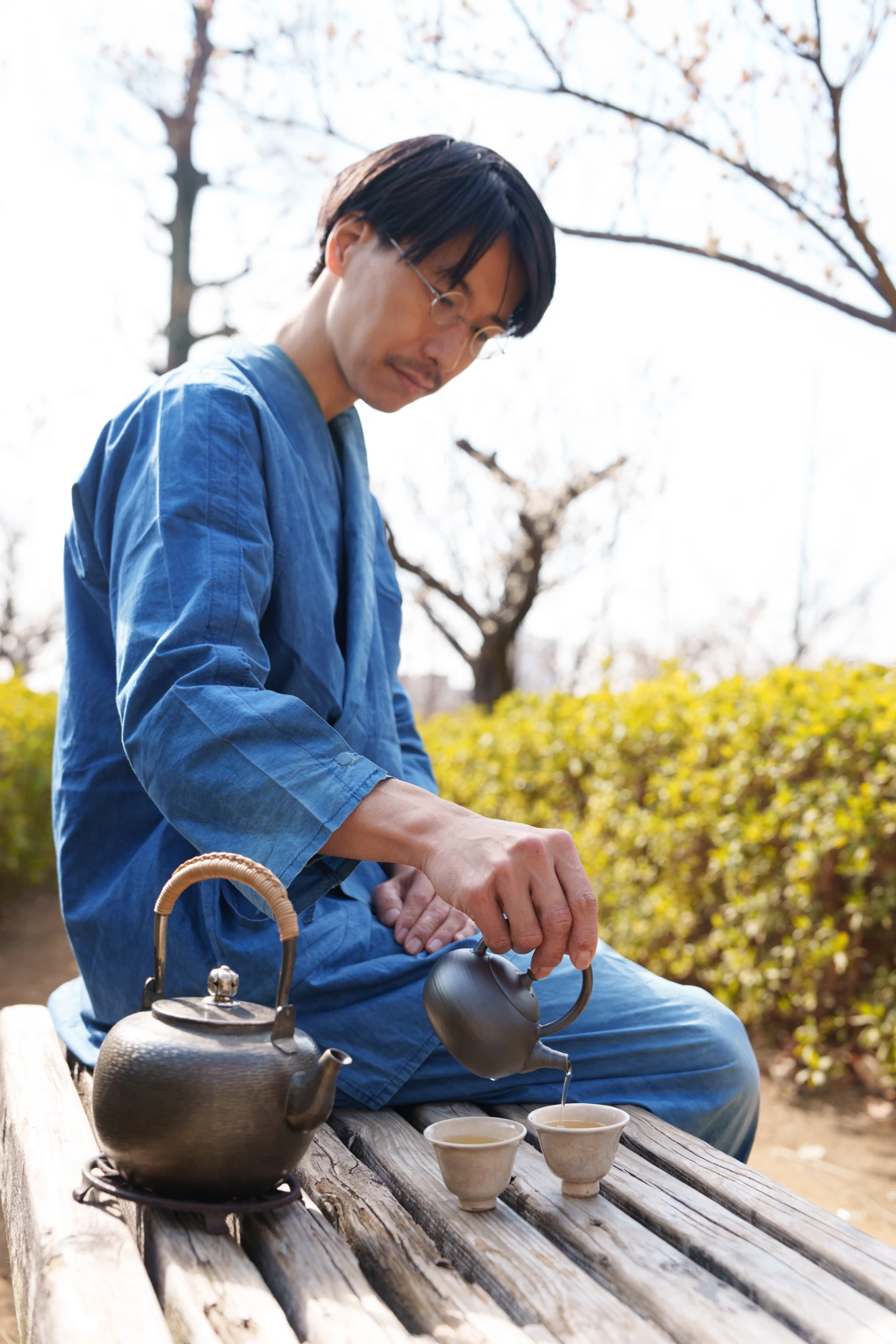
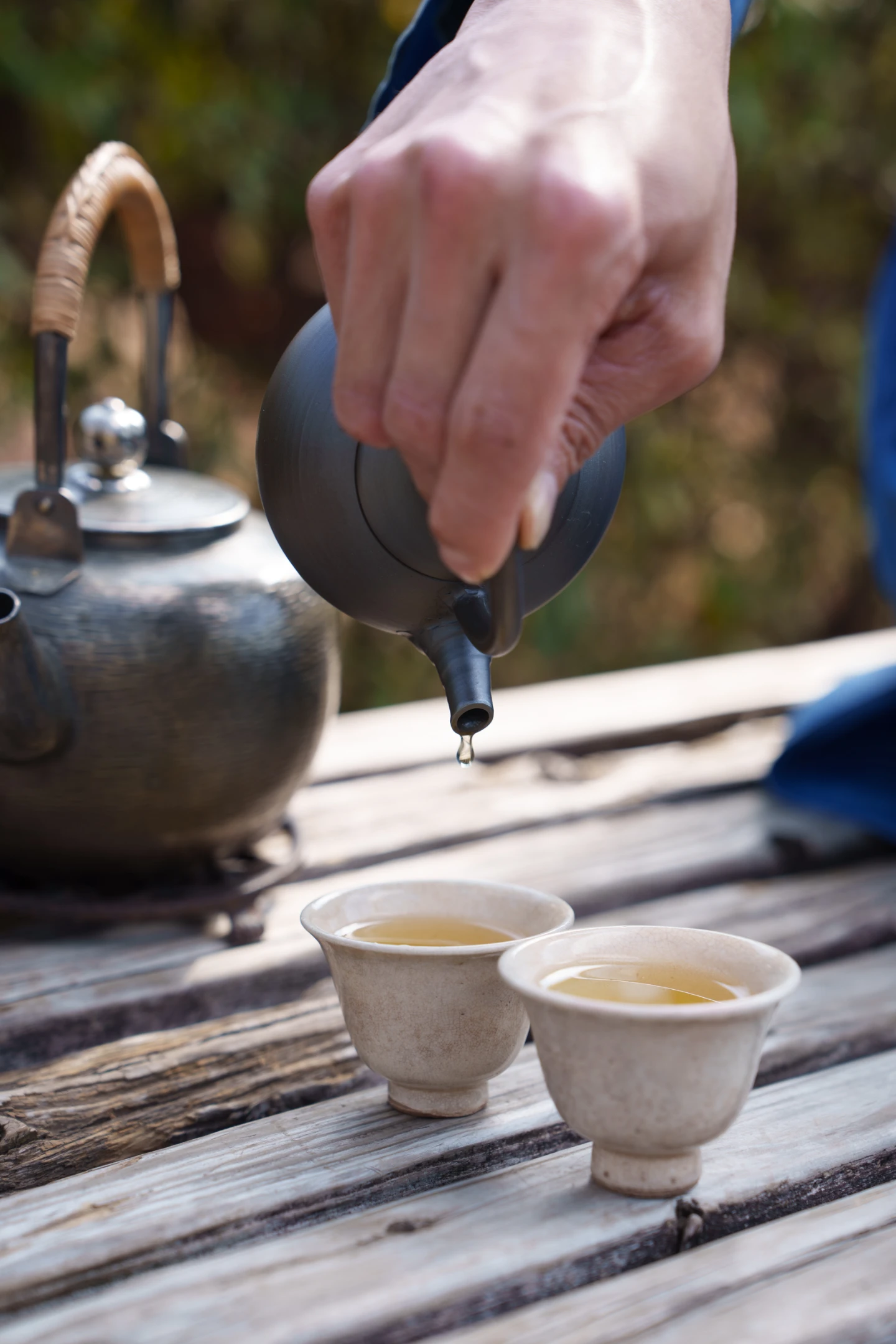
Bringing Joy to Others
How is the way you approach tea now different (and similar) to the more traditional tea schools and approaches?
In essence, I don’t believe there is a fundamental difference. As with any sincere practice, what matters most is the desire to bring joy to another person.
What feels particularly Japanese is the way intention is expressed indirectly—not through overt words, but through atmosphere, timing, and gesture. That subtlety is not about avoidance, but about generosity—leaving space for the other to receive something quietly, in their own way.
Have Zen or Shinto been of any influence on you and your sensibility?
Being raised in Japan, I was naturally shaped by various philosophies—Shinto, Buddhism, Taoism, Confucianism. These were not formal teachings, but things absorbed through daily life. They became the unspoken framework of how I move through the world.
For example, when I was careless with an object as a child, I was told, “Apologize to it.” I grew up with the sense that even things carry spirit—that the boundary between self and world is more fluid than we might think.
These influences don’t function as belief systems for me, but as atmospheres of awareness. They guide how I prepare tea, how I walk, how I place things. Tea, too, is not just about technique—it’s about how we inhabit the world.

Learning Through the Body
Looking at contemporary society, what are some of the things or trends that concern you, and how do you think tea offers a counterbalance?
Perhaps what concerns me most is the excessive desire for immediacy—for things that are fast, simplified, instantly graspable. We rarely take the time to trace something back to its essence.
In tea, one often repeats the same gesture for two, three, four years. Eventually, a form emerges—not learned intellectually, but through the body. I experienced this myself, preparing tea behind the counter, repeating the same motion until something finally revealed itself.
Today, we live in a world where AI delivers instant answers. And still, I find myself asking: What is the meaning of preparing tea, with my own hands, here and now?
What are other sources of inspiration and curiosity in your life?
Since the birth of my child, I’ve been receiving a continuous stream of inspiration and stimulation through him. To witness unfiltered, spontaneous reactions—to be close to someone who sees the world without fixed assumptions—has become one of the most powerful sources of learning in my life.
What is beauty to you?
Perhaps beauty, for me, lies in the kind of afterglow something leaves behind.
Of course, there is beauty in the moment itself. But I find a deeper beauty in the things that stay with you—things that resurface in memory later on, evoking a quiet sense of longing.
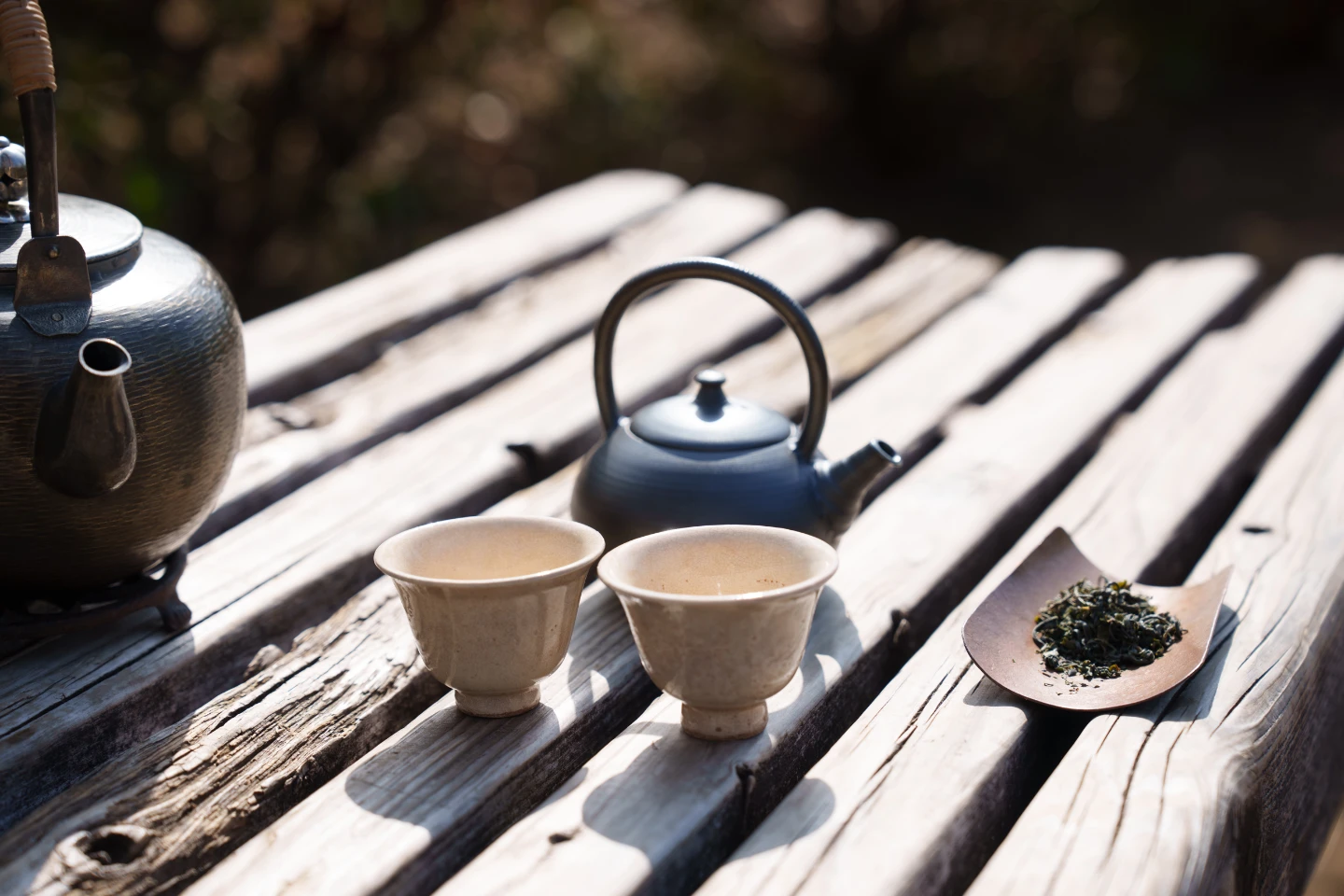
Person to Person, Moment by Moment
What are your hopes and plans for the future?
I hope for a world in which people can live with warmth in their hearts and a sense of calm in their days. Preparing tea is my way of contributing to that hope. It may be modest—person to person, moment by moment—but I see tea as a quiet baton, passed gently from hand to hand.
I also want to continue holding tea gatherings around the world, in collaboration with local people, materials, and cultures—creating expressions of tea that are rooted in place.
Last year, I traveled from my base in France to Berlin, Amsterdam, China, and Japan, offering tea gatherings in each location. I hope to broaden that reach further, and to host more gatherings in galleries and museums as well.
One of my dreams is to hold a tea gathering at Teshima Art Museum.
At the same time, I’ve begun a project called Through The Tea Stories, which aims to create an archive of contemporary tea culture.
In this project, I host one-on-one tea gatherings (ikkyaku ittei), and after the tea, I ask the guest a few questions about their relationship to tea. Then, the guest is invited to nominate the next person to be hosted.
Through this process, we’re collecting a chain of individual stories—a living portrait of how tea is being experienced across the world today.
Any final invitation or reflection for the reader?
Let us share a cup of tea together.
If you feel drawn to this, I warmly invite you to join me for tea—wherever you may be. And if there’s a place where you’d like to invite me to come and serve tea, I would be happy to hear from you.
